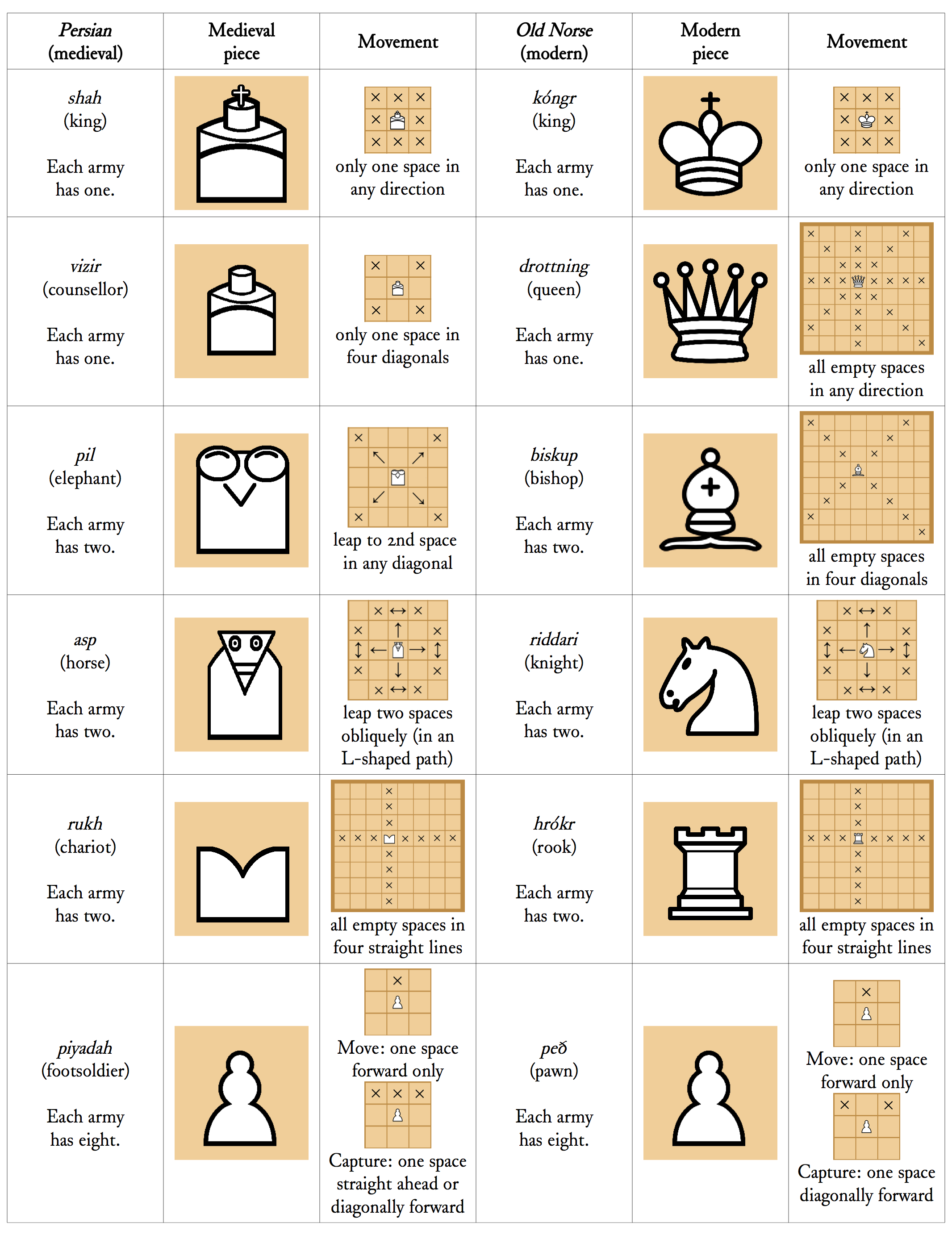
Let’s Go Through Some Basics before we Learn about Chess Moves The Pawn Moves. The king always moves two squares only any time you make the castling move. The moves of these different kind of chess pieces are as follows: Jump to Section. If you are ready to play and practice what you have learned here, I recommend you join this website so you can start playing and learning chess more. Castling to the other side is castling queenside.
KING MOVES IN CHESS HOW TO
You need to remember that the rook can perform a checkmate even if it is just your king and lone rook.Īll you need to learn is how to use the rook to control the files and ranks, to be able to checkmate your opponent's king quickly. I hope you were able to learn more about rook and how you can use it to win in chess. There are illegal moves in chess that you have to avoid when performing special moves like castling. You can use the rook for castling, and you can read some rules of castling to give you more ideas.

When the ONLY pieces left on the board are two kings, a draw occurs. If you have your rook at the center of the board, then you can use the rook to control more squares. This exceptional move enables a king to move two squares towards a rook that has remained in the first rank (row) while the rook simultaneously moves into the. By the rules of chess, 50 moves without captures or pawn moves will result in a draw.

In the following position, the king can move to any of. It cant jump over material so at the start of a chess game there are no legal moves for the king to make. The kings movement is limited compared to other chess pieces. You can use the rook to control the file and rank of the chessboard that is where the power of the rook really evolves. The king can move one square in any direction. The King moves from its square to a neighboring square, the Rook in its line or row, the Bishop diagonally, the Queen may move like a Rook or a Bishop, the Knight jumps in making the shortest move that is not a straight one, and the Pawn moves one square straight ahead. There are different ways to use the king and rook to win a game, but all you need to learn is how to use and control the squares with your rook. Any halfway decent chess buff will be able to see what you’re angling for from a mile away.The rook is going to move on e1 square to finally checkmate the black king. The biggest downside of the Danish Gambit is that it typically only works on inexperienced players. Castling kingside is more common and leaves the king on the g-file while the rook moves to the f-file. If the king is your last piece, is there a number of moves that the opponent has to checkmate you The rule applies also when the weaker player has other.

What they don’t see is that their single-mindedness has left avenues open for White’s three most powerful pieces-both Bishops and the Queen-while they themselves have only one piece deployed. Watch Now: How to Master Castling, Pawn Promotion, and En Passant. For all of you who raised your hands, I have bad news. They’ve already stolen three of their opponent’s pieces while suffering only a single loss themselves. EnthuZiastic Home » Chess » How Does a King Move in Chess How Does a King Move in Chess Here’s a trick question for you: Which is the most powerful piece on the chessboard Raise your hand if you think it’s the king. If Black unwisely opts to advance to b2, White finally uses Queen’s Bishop to stop the marauding pawn.Īt this point, Black is feeling pretty confident. White then moves pawns to d4 and c3, inviting consecutive captures from Black’s single pawn.Īs Black continues collecting pieces, White sneaks out their King’s Bishop to c4. In the Danish Gambit, White kicks off the game by moving e2 pawn to e4, prompting Black to counter e7 to e5. The Danish Gambit may be one of the oldest tricks in the book, but it has the potential to end a game in a heartbeat if staged correctly. When either sides king is trapped to where it cannot move without being taken, its called checkmate or the shortened version.


 0 kommentar(er)
0 kommentar(er)
